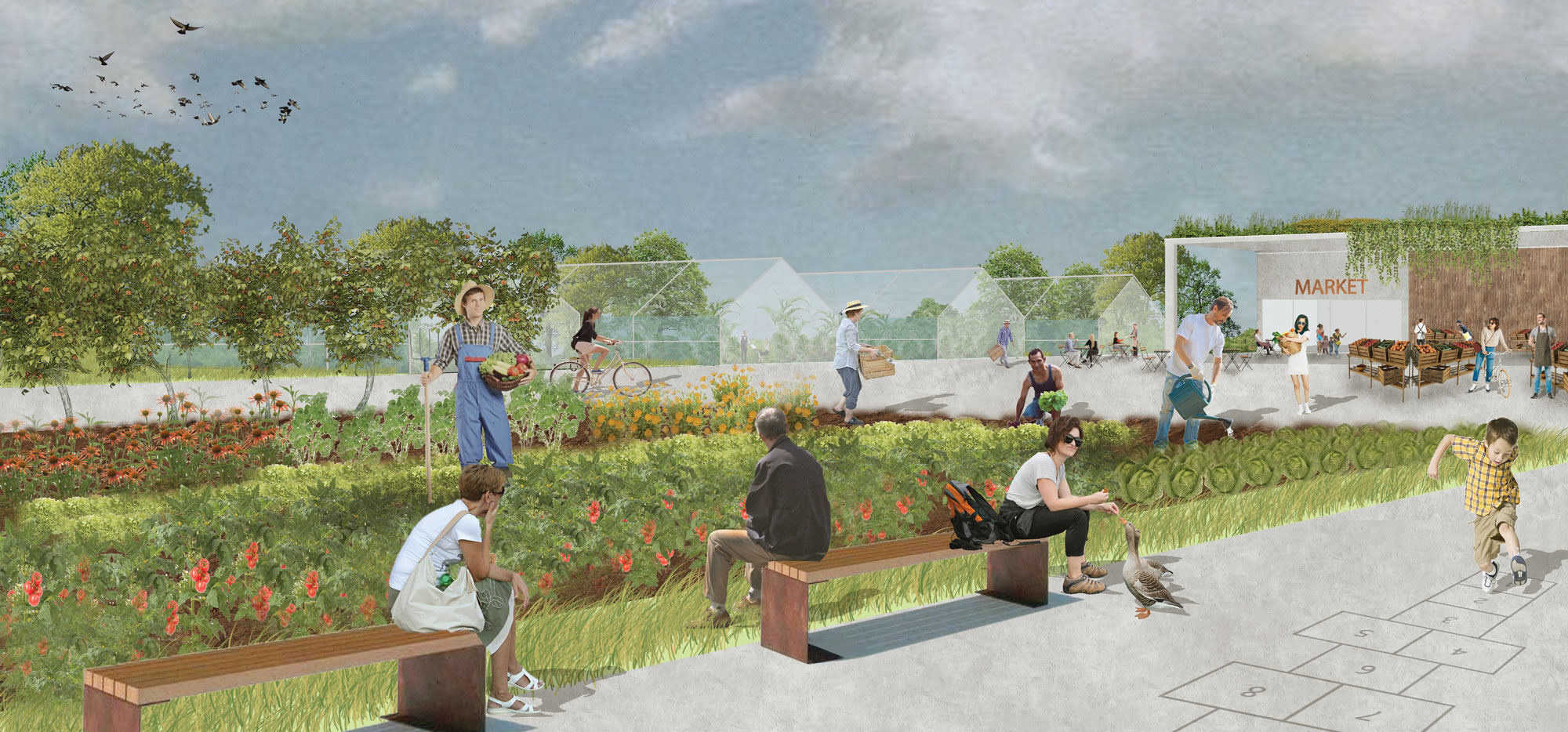
Mono to Multi Use, Master plan for cross border landscapes, Slovakia, Austria, Hungary
Studio II
University of Ljubljana
In today ‘s world, globalization has led to the point, where food that has travelled hundreds of miles is cheaper than the food produced at our neighbourhood. This has changed agriculture in a way that it is competitive to global market. The most efficient way is to have big areas of monocultures, great mechanization and effective means to reduce pests. This change has a great effect on small-scale farms, quality of food, nature and biodiversity. The natural geographical features of the Pannonian Plain create good conditions for agriculture, but Slovakia, Austria and Hungary all have different perspectives on agriculture. Austria has smaller parcellation, meanwhile Slovakia has greater plots due to its past nationalisation of land and today’s management. Hungary has smaller parcellation than Slovakia, even though it went through similar socio-economic processes. Nevertheless, all three countries strive for better food self-efficiency and better quality of food. This was also a goal in changing border landscapes to landscapes that bring nations together, by trying to surmount history with making locally produced food easier to access, small farmers gathering in food hubs and agriculture to be a part of preservation of nature and landscape diversity. We strive to protect agricultural land by developing urban areas inward and utilizing degraded areas, mitigating climate change by farm activity diversification and research centres, but most important - reducing food globalization by food self-efficiency and educating people of the importance of local production by offering them a wide range of activities.
